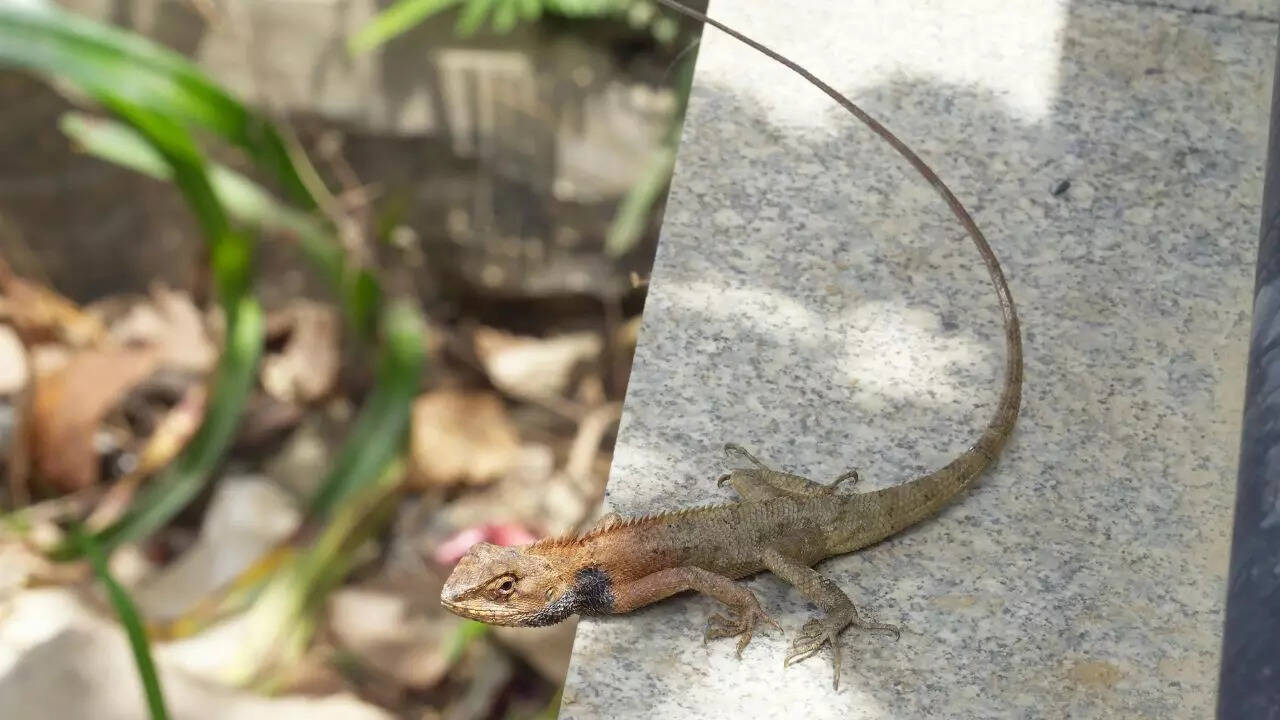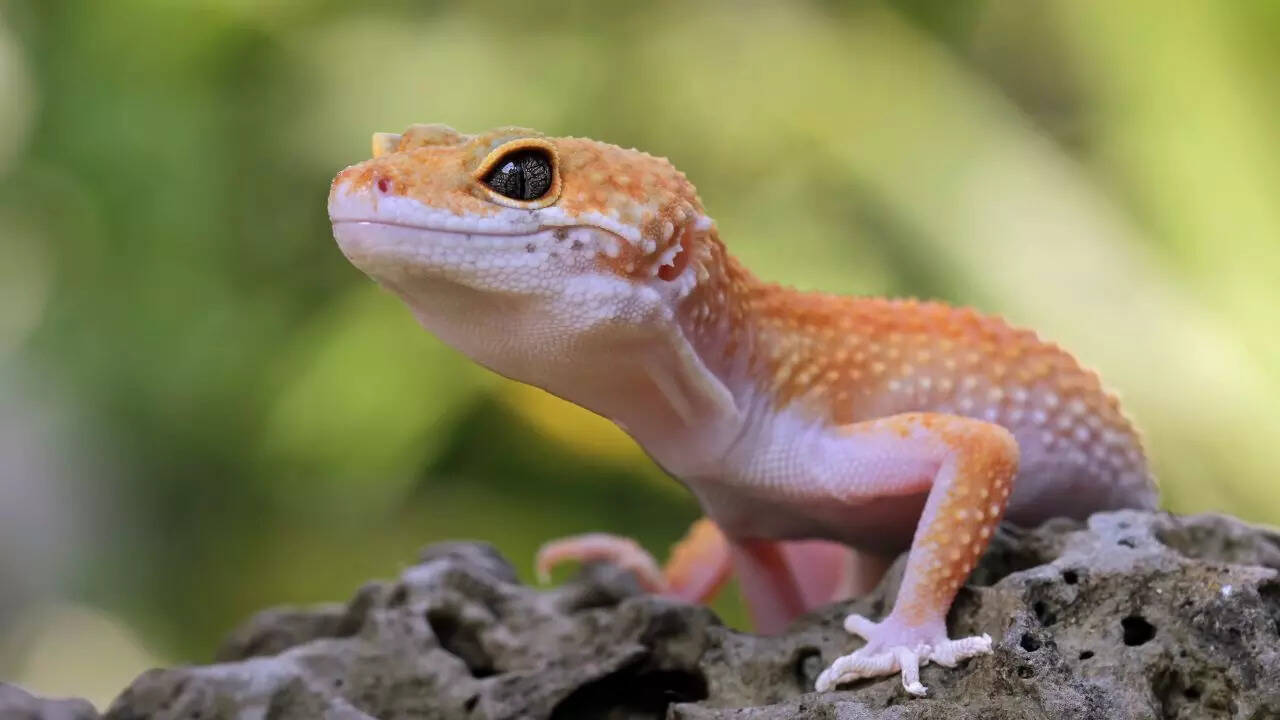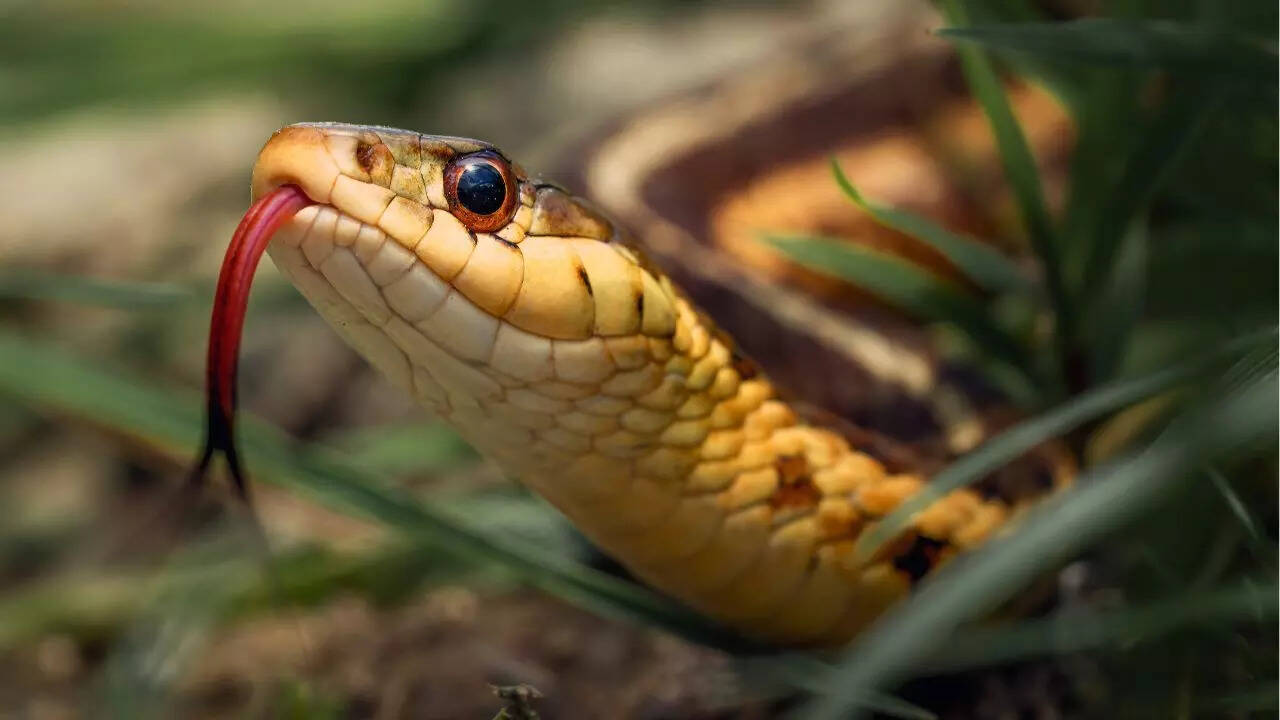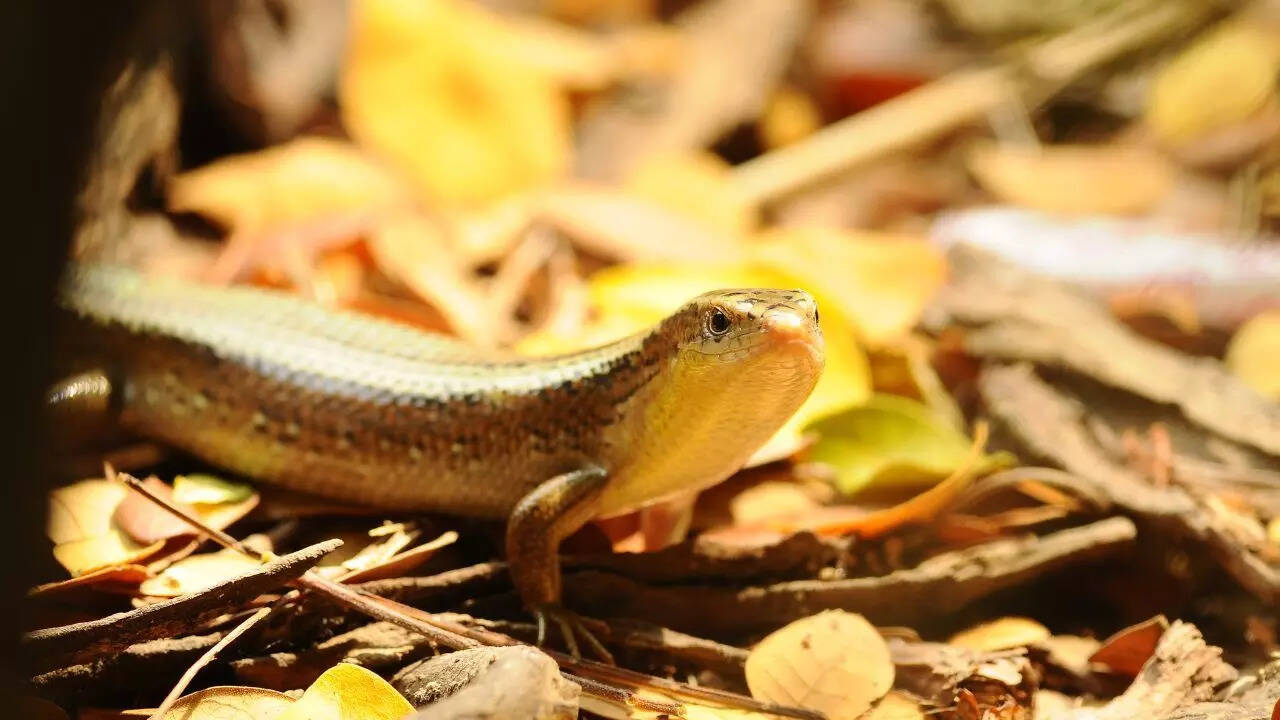The monsoon season refreshes gardens with rain and lush greenery, but it also attracts unwanted reptiles like snakes, lizards, and geckos. These cold-blooded creatures often seek shelter in warm, damp garden spaces during heavy rains, increasing the chances of unexpected encounters. If you’ve seen more reptiles around your garden in the rainy season, you’re not alone. Understanding what draws reptiles in, such as tall grass, standing water, or food sources, is the first step to managing them. By using safe, natural methods, you can keep reptiles out of your garden while protecting pets, children, and maintaining a clean, safe outdoor space.
Common reptiles in gardens during the monsoon
During the rainy season, reptiles often search for dry, sheltered areas to stay safe and hunt prey. Some common reptiles you might find include:Garden Lizards: Small and harmless, often seen sunbathing or hunting insects.

Geckos: Nocturnal and insectivorous, they are common near lights and walls.

Snakes: Various species depending on region, ranging from non-venomous grass snakes to venomous adders or rat snakes.

Skinks: Small lizards with smooth scales, usually hiding under debris.

While many reptiles are beneficial, controlling their presence during the monsoon is essential to avoid unwanted encounters and ensure your garden remains safe.
Tips to keep reptiles out of your garden in the rainy season
1. Clear garden clutter and maintain tidinessReptiles love hiding in dark, damp places like leaf piles, unused pots, and woodpiles, common in untidy gardens. By regularly clearing away debris and storing garden tools properly, you remove potential shelters. Keep lawns mown and shrubs trimmed to reduce dense hiding spots.2. Seal entry points and secure boundariesInspect your garden fence and walls for gaps or holes where reptiles might enter. Seal these with mesh or sealant and ensure gates close tightly. Consider installing snake-proof fencing with small mesh and buried edges in high-risk areas.3. Keep the garden dry and manage water sourcesStagnant water attracts insects and amphibians, prime food for reptiles. Avoid waterlogging by improving drainage and regularly emptying containers holding water, like plant trays or buckets. Fix leaks promptly and use sand or gravel to reduce soil moisture.4. Use natural repellents and deterrentsChemical pesticides can harm beneficial insects, so opt for natural remedies:5. Manage garden lighting to reduce insect attractionInsects attracted to bright lights bring reptiles hunting for food. Use yellow or sodium lamps that attract fewer insects, and motion sensor lights to minimise constant illumination near plants and entry points.
Why do reptiles invade gardens during rains
Monsoon rain floods the natural habitats of reptiles, forcing them to seek refuge in dry, sheltered spaces. Your garden is often an ideal location. Gardens with dense vegetation, clutter, standing water, and abundant prey, such as insects and rodents, become hotspots for reptiles seeking food and shelter.
Additional tips to protect your garden
- Remove fallen fruits and vegetables to discourage insects and rodents.
- Educate family members about reptiles to prevent panic and unsafe handling.
- Monitor pets outdoors to avoid reptile encounters.
- Call wildlife experts or pest control professionals if venomous snakes or dangerous reptiles are found
Also read | 8 best fast growing and low maintenance plants for your garden


